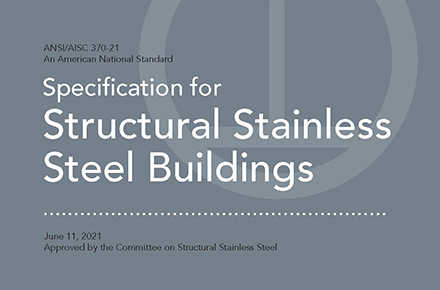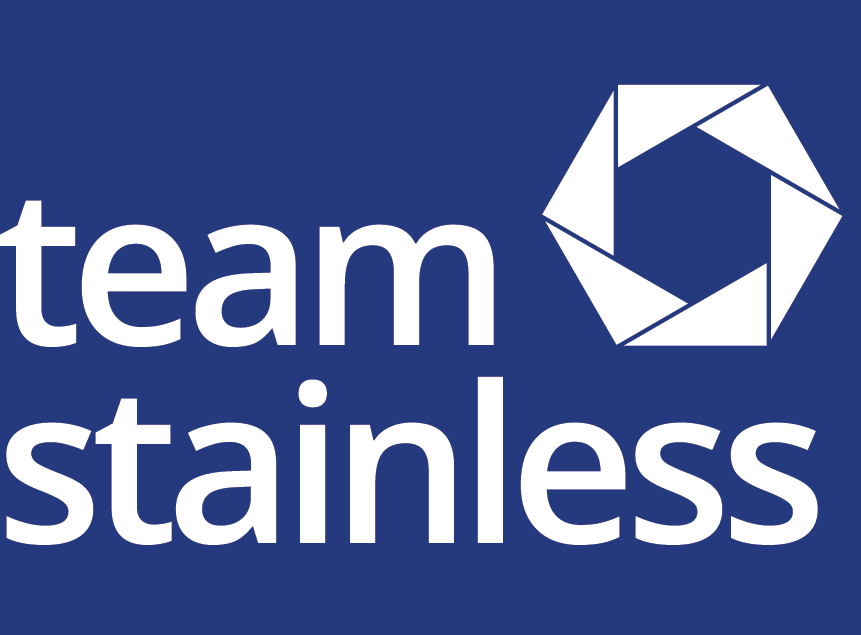Specification for structural stainless steel buildings

The Specification for Structural Stainless Steel Buildings (ANSI/AISC 370-21) provides the generally applicable requirements for the design and construction of structural stainless steel buildings and other structures. Both LRFD and ASD methods of design are incorporated. Dual-units format provides for both U.S. customary and S.I. units.
Date: November 2021
Source: American Institute of Steel Construction


